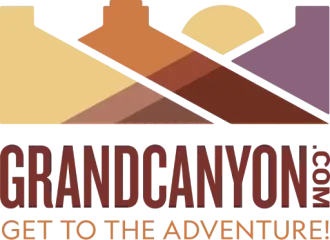In the future your Grand Canyon hiking experience will be enhanced by Google Maps before arriving here. The search giant, Google, has now brought its all-seeing eyes for the first time on a backpack into the Grand Canyon.
The latest technology in mapping uses a rosette of cameras to photograph these trails. With a click of the mouse, Internet users will be able to have a virtual 360-degree view of the Grand Canyon in flat, 2-D images from trails inside the canyon.
“Any of these sort of iconic, cultural, historical locations that are not accessible by road is where we want to go,” said Ryan Falor at Google. Google announced this new trekker backpack earlier this year and it has now made its first official collection of data at the Grand Canyon.
Capturing Grand Canyon comes after Apple chose to drop Google Maps from its mobile operating systems.
Steve Silverman, of Google addressed the competition by saying: “Just trying to document a trail, it’s going to be hard to beat this.”
At sunrise on Monday, Luc Vincent, Google engineering director, put on one of the 40-pound backpacks and set down the Bright Angel Trail to the Colorado River. It is a 9.5 mile hike that goes from 6,900 feet in elevation down to 2,400 feet. He hiked back up from Phantom Ranch, which can be 20-30 degrees warmer than at the rim, across the black bridge on the South Kaibab Trail.
The GPS data is limited, so Google must compensate with sensors that record temperature, vibrations and the orientation of the device as it changes, before it stiches the images together and makes them available to users, Falor said.
The removable hard drive on the backpack trekker holds the data gathered at Grand Canyon. Tourists were looking at the backpack trekker this week as if it were from another planet.
Sharon Kerfoot, a first-time visitor from Alberta said being able to view the terrain ahead of time, gauge the difficulty of the hike and know just how wide the path is would benefit those considering a trip to the Grand Canyon. She and a group of friends headed down the same path as Vincent but on mules, not foot.
“I think it’s an excellent idea to give people a broader perspective on what they’re getting into,” she said.
What the images don’t tell visitors are:
1) How much water they should carry down the trails,
2) How to prepare for temperature changes,
3) What kind of salty food to take,
4) How much food to take and,
5) How best to protect the natural resources.
Said Grand Canyon National Park spokeswoman, Maureen Oltrogge.

